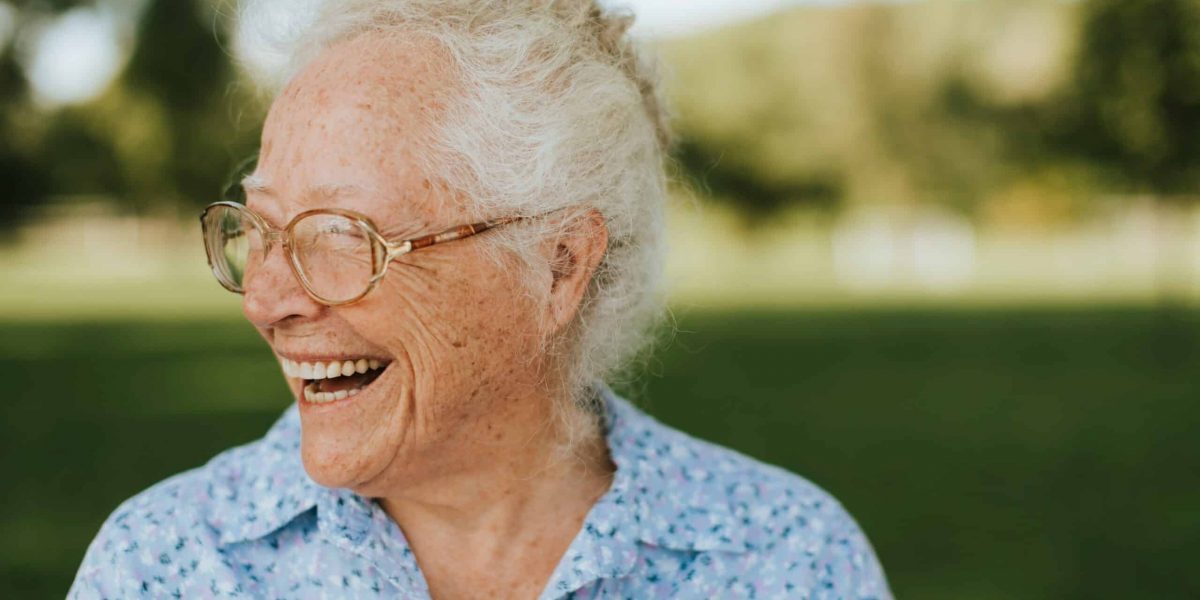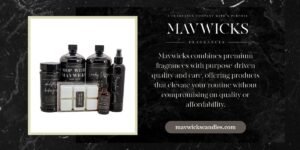The appearance of age spots and hyperpigmentation can impact how many women feel about their skin. These changes are often associated with aging, sun exposure, or hormonal shifts, and while they are a natural part of life, treatments are available to help reduce their visibility. Understanding the causes and exploring effective solutions can empower women to feel more confident in their skin.
What Causes Age Spots and Hyperpigmentation?
Age spots, also known as liver spots, are flat, dark patches that commonly appear on areas exposed to the sun, such as the face, hands, shoulders, and arms. They are caused by an overproduction of melanin, the pigment responsible for skin color, triggered by prolonged UV exposure. This type of discoloration tends to increase with age as the skin’s ability to repair itself diminishes.
Hyperpigmentation, while similar in appearance, can have additional causes. Factors like hormonal imbalances during pregnancy (melasma), certain medications, inflammation, or injuries can lead to patches of darker skin. Genetics and lifestyle choices also play a role in how susceptible someone might be to these conditions.
Both age spots and hyperpigmentation are generally harmless, but their appearance can lead many women to seek treatments that restore even skin tone.
What Products Work Best for Reducing Age Spots?
Several topical treatments are designed to fade age spots and hyperpigmentation over time. Products containing active ingredients such as hydroquinone, retinol, and vitamin C are popular choices. These compounds work by either lightening dark patches, increasing cell turnover, or protecting against further discoloration.
Hydroquinone: This skin-lightening agent inhibits melanin production and is often recommended for targeted use on dark spots. Over-the-counter options are available, though prescription-strength formulations may offer faster results.
Retinol: Derived from vitamin A, retinol encourages skin renewal and exfoliation, which can gradually fade discoloration. Regular use also helps improve overall skin texture and tone.
Vitamin C: Known for its antioxidant properties, vitamin C protects against free radicals while brightening the skin. It’s often included in serums and moisturizers formulated for uneven skin tone.
For individuals seeking natural alternatives, plant-based products containing niacinamide, licorice extract, or kojic acid are effective options. These ingredients work more gently, making them suitable for sensitive skin while still reducing pigmentation over time.
Consistency is key when using topical products. Results often take weeks or months to become noticeable, so patience and a regular skincare routine are essential.
How Can Professional Treatments Help with Age Spots?
For more immediate or dramatic results, professional treatments may be a better option. Dermatologists and skincare experts offer advanced procedures tailored to reducing age spots and hyperpigmentation.
Chemical Peels: These treatments involve applying an acid-based solution to exfoliate the top layer of skin, revealing a more even complexion underneath. Peels range in strength, with deeper peels offering more noticeable results but requiring longer recovery periods.
Laser Therapy: Laser treatments target melanin-rich areas, breaking down pigmentation and promoting an even skin tone. Intense pulsed light (IPL) therapy is a popular non-invasive option for addressing both age spots and redness.
Microdermabrasion: This minimally invasive procedure gently exfoliates the skin’s surface, helping to fade mild pigmentation over time. It’s often paired with other treatments for enhanced results.
Cryotherapy: In this procedure, liquid nitrogen is applied to freeze and destroy pigment-producing cells. While effective for some age spots, it’s not suitable for all skin types and may carry a risk of scarring.
Professional treatments typically deliver faster results compared to topical products but often come with higher costs. Consulting a dermatologist ensures the chosen method aligns with individual skin type and goals.
How Can You Prevent Age Spots from Reappearing?
While treatments can effectively reduce the appearance of age spots, prevention is essential to maintaining results and protecting the skin from further damage. Sunscreen remains the most important tool for preventing hyperpigmentation caused by UV exposure. Look for a broad-spectrum formula with SPF 30 or higher, and apply it daily, even on cloudy days or indoors near windows.
Wearing protective clothing, such as wide-brimmed hats or long sleeves, further shields the skin from harmful rays. Avoiding peak sun hours and seeking shade can also minimize exposure.
Adopting a skincare routine that prioritizes hydration and antioxidants supports the skin’s natural repair processes. Products containing niacinamide or hyaluronic acid can strengthen the skin barrier, making it more resilient to environmental stressors.
Regular exfoliation, whether through gentle scrubs or chemical exfoliants like alpha-hydroxy acids (AHAs), prevents the buildup of dead skin cells that can exacerbate uneven pigmentation. However, it’s crucial not to overdo exfoliation, as this can lead to irritation and worsen discoloration. Embracing a healthy lifestyle supports overall skin health. A balanced diet, adequate hydration, and avoiding smoking contribute to a radiant complexion and help reduce the risk of developing new spots.
Age spots and hyperpigmentation are common concerns, but with the right combination of products, treatments, and preventive measures, they can be effectively managed. By prioritizing skin health and taking proactive steps, women can achieve a more even, glowing complexion and boost their confidence at any stage of life.








